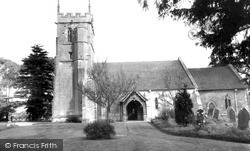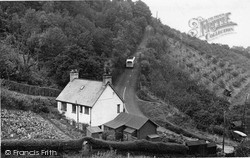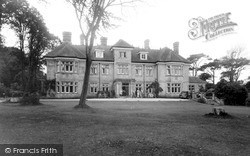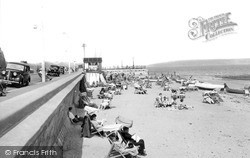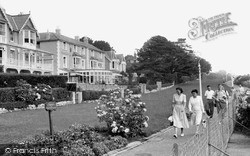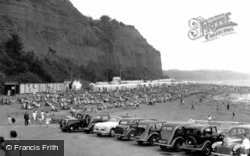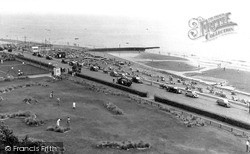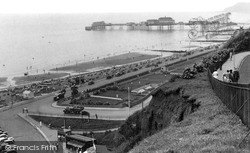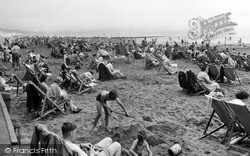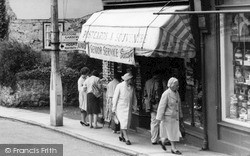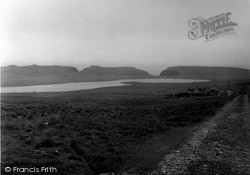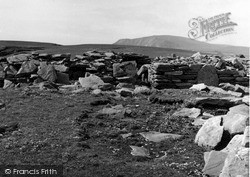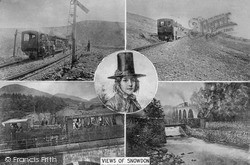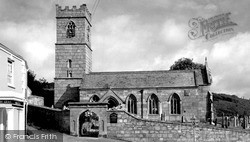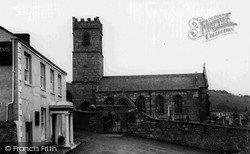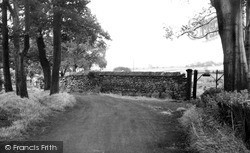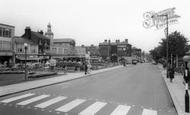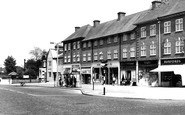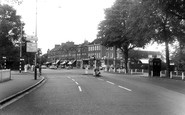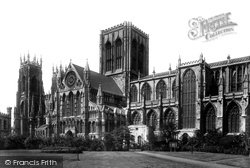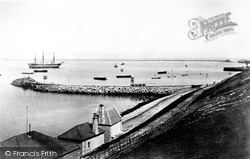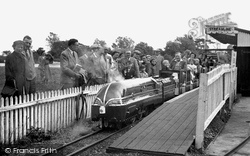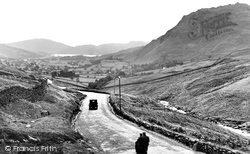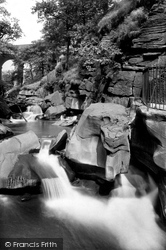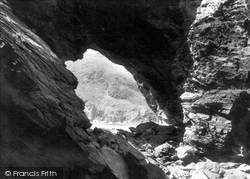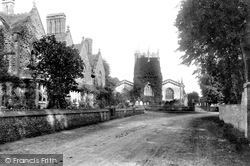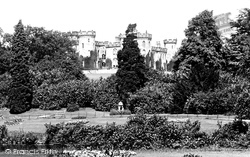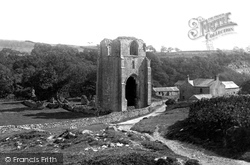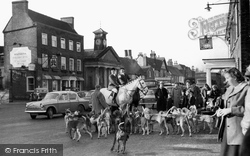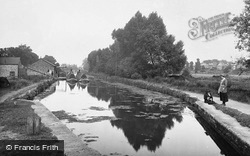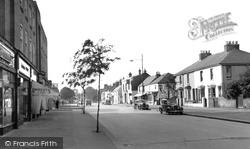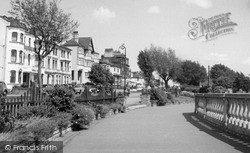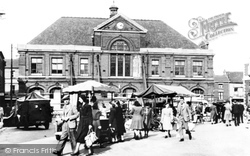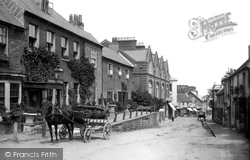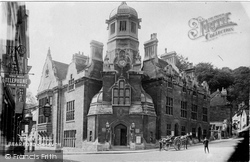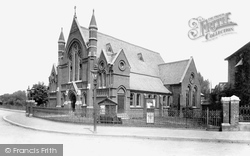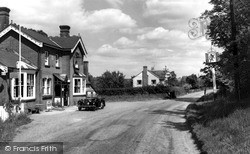Places
36 places found.
Those places high-lighted have photos. All locations may have maps, books and memories.
- Shanklin, Isle of Wight
- Ventnor, Isle of Wight
- Ryde, Isle of Wight
- Cowes, Isle of Wight
- Sandown, Isle of Wight
- Port of Ness, Western Isles
- London, Greater London
- Cambridge, Cambridgeshire
- Dublin, Republic of Ireland
- Killarney, Republic of Ireland
- Douglas, Isle of Man
- Plymouth, Devon
- Newport, Isle of Wight
- Southwold, Suffolk
- Bristol, Avon
- Lowestoft, Suffolk
- Cromer, Norfolk
- Edinburgh, Lothian
- Maldon, Essex
- Clacton-On-Sea, Essex
- Norwich, Norfolk
- Felixstowe, Suffolk
- Hitchin, Hertfordshire
- Stevenage, Hertfordshire
- Colchester, Essex
- Nottingham, Nottinghamshire
- Bedford, Bedfordshire
- Bury St Edmunds, Suffolk
- Aldeburgh, Suffolk
- St Albans, Hertfordshire
- Hunstanton, Norfolk
- Chelmsford, Essex
- Bishop's Stortford, Hertfordshire
- Peterborough, Cambridgeshire
- Brentwood, Essex
- Glengarriff, Republic of Ireland
Photos
9,106 photos found. Showing results 5,381 to 5,400.
Maps
181,006 maps found.
Books
11 books found. Showing results 6,457 to 11.
Memories
29,054 memories found. Showing results 2,691 to 2,700.
My Happy Days As A Child When I Was Born In The Village
I spent many happy years with my nanny and grandad, Rossa and Phillip Munn of Hill View Cottages, during the long summer school holidays. Over the years since they have both passed away I ...Read more
A memory of High Halstow in 1956 by
Heckmondwike In The Early 1960s
I remember the market so well, it was the heart of Heckmondwike. You could buy anything from it, including clothes, meat and veg. The pork pies sold there were beautiful, and the beef dripping. I remember buying a ...Read more
A memory of Heckmondwike in 1963 by
Now St Georges Square
At the junction of Williamson St, opposite the Town Hall. Local corporation bus company had a terminus halfway down Williamson St. Also Fyffes bananas had large depot opposite parked buses.
A memory of Luton in 1950 by
Mobo Horses
We moved to Prestatyn in 1948. I loved the Mobo horses that the little ones could ride at the Bastion Road beach. My little school was Pendre, up the hill Fforddlas I think. Also going to St Chad's School annual fair and sale. Always ...Read more
A memory of Prestatyn in 1950 by
Harrogate Station Square
Here is Station Square appearing as its architects intended, an open airy town centre piece. The gardens in the foreground are the Coronation Gardens of c.1953, which complimented the Victorian square admirably. Just as this ...Read more
A memory of Harrogate in 1965 by
Slag Heaps
I was born in Birks Road, Cleator Moor in 1954. I was from a large family called Sheldrake. We lived over the railway bridge towards the brewery. The neighbours that I know of are: the Watsons, the Moors, the Wrights, the Richardsons, ...Read more
A memory of Cleator Moor in 1954 by
Cream Cakes
There was a bakery here. We would come from school, Alma Road Secondary Modern, and ask for "Any stales" from the bakery. For 3d or so we'd get a big bag full of cream cakes, doughnuts etc. My favourite was the cream filled eclair. Most ...Read more
A memory of Sidcup by
Dulwich Hamlet
My brother and I, Kathryn & Philip Brunker went to Dulwich Hamlet school until 1958. We then moved to Basildon, Essex. I went to the 'huts' at first, aged 4, and after visiting there in 1996, found them still to be there! Amazing. ...Read more
A memory of Dulwich in 1954 by
Your search returned a large number of results. Please try to refine your search further.
Captions
29,158 captions found. Showing results 6,457 to 6,480.
Aberystwyth's castle was one of a line of coastal fortresses built by Edward I to impose his will upon the Welsh.
There has been very little change to the appearance of this magnificent structure owing to careful restoration and repair, but the surroundings of the Minster have altered.
The great breakwaters around the eastern shores of Portland entirely enclose Portland harbour.
By the 1950s, the popularity of a cheap and cheerful holiday camp atmosphere brought thousands of visitors to camps like Wick Ferry each year.The model steam train was a popular attraction, as it
Kendal Castle was built by the Normans to the east of the town, probably by Ivo de Tailbois, the first Lord of Kendal in the late 12th century, and it still commands good views to the north and
There is not much traffic—a car and a motorcycle with pillion passenger—in this view of the road running down from Dunmail Raise into Grasmere.
Known until 1933 as the Kings Arms, the Pack of Cards was built in 1626 as a town house by George Ley to celebrate a win at cards.
The former toll house was demolished as part of a road-widening scheme, and access to and from West Street was blocked to traffic in the interest of safety.
Of the fairies, Fferrand wrote: 'amongst the uneducated people in Rochdale the superstition of fairies has not been dispelled, and Shakespeare, Drayton, and other poets, in the exercise of their poetical
The coastline of the Isle of Man is one of outstanding natural beauty.
Frampton, 'the settlement on the Frome', is an attractive downland village north-west of Dorchester. The old manor house of Frampton Court was demolished in 1939.
In the 14th century the nearby village of Malpas was under constant threat of attack from the Welsh, and there was an unsuccessful attempt to have the chapel on the Cholmondeley estate raised in status
The great eastern face of Honister Crag dominates the Honister Pass between Borrowdale and Buttermere and Crummock Water, which can be seen in the distance.
Shap Abbey, near the banks of the River Lowther, was founded by the 'white canons' of the Premonstratensian order at the end of the 12th century, but it was dissolved, like so many others, in 1540.
Further down the Thames are the Houses of Parliament - or rather, the Palace of Westminster. This replaced the old palace, which burned down in 1834.
The hunt assembling at the front of the Bugle pub, a former coaching inn. Note the sturdy porch, similar to that of its opposite neighbour the Dolphin Hotel.
A pair of loaded working boats on the Aylesbury Arm near Broughton on the edge of town. The wooden stumps (bottom left) are known as strapping posts, and were used to tie up boats.
This is a much more recent view of this district of Worthing. Nearby there is a large old cemetery and chapel, with many graves of the wealthy.
On the left are two of the well-known hotels of the time, The Imperial and The Westward Ho! The elegant street lamps were a feature of this road. To w a r d s t h e P i e r
Our tour of the towns and villages near Lincoln starts in Gainsborough, a town of the ancient Anglo-Saxon kingdom of Lindsey that ruled what is now north Lincolnshire.
The Crown Hotel, formerly one of Lyndhurst's inns, was rebuilt in the Tudor style late in Victoria's reign. Lyndhurst is an ideal spot from which to explore the New Forest.
Bradford-on-Avon has changed little in the last century. There has been no by-pass, no rash of new developments.
The Trinity Weslyan Methodist Chapel, on the corner of Mawney Road and Linden Street, was built in 1888 and provided seating for 750 worshippers.
Nazeing's name means 'settlers on the projection of land'. It sits above the River Lea, and is a world of arable fields and market-garden glasshouses.
Places (6814)
Photos (9106)
Memories (29054)
Books (11)
Maps (181006)




